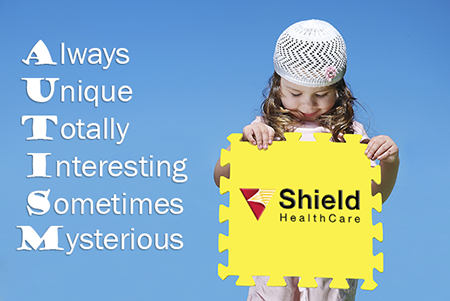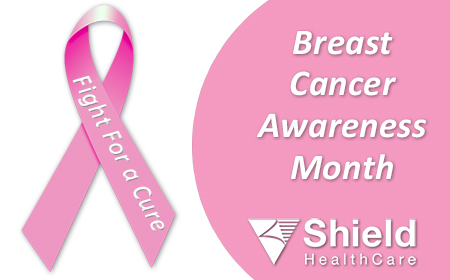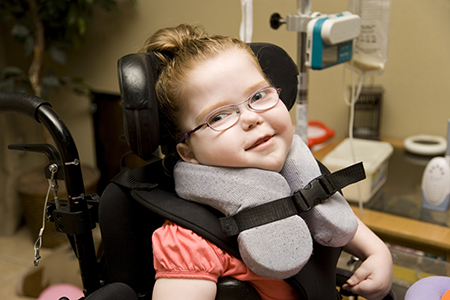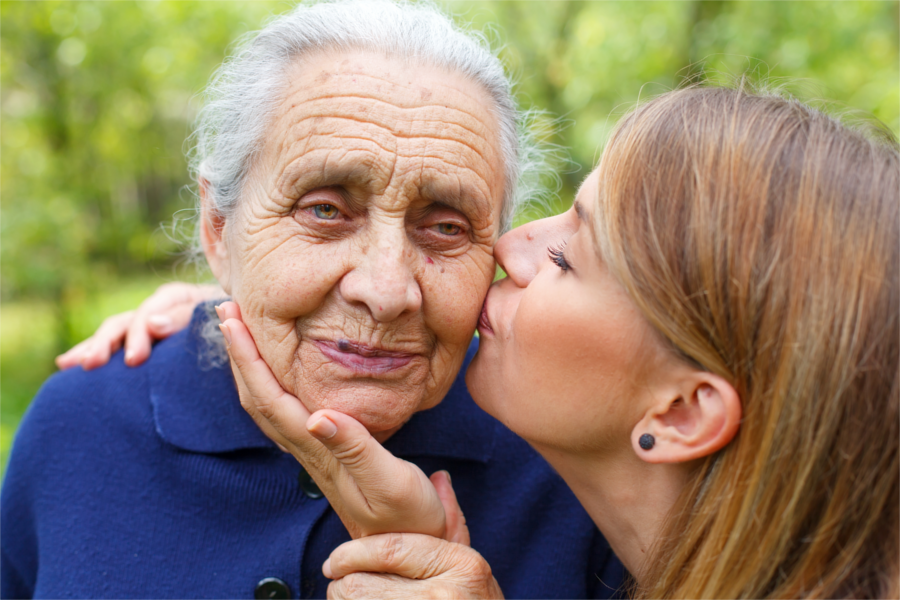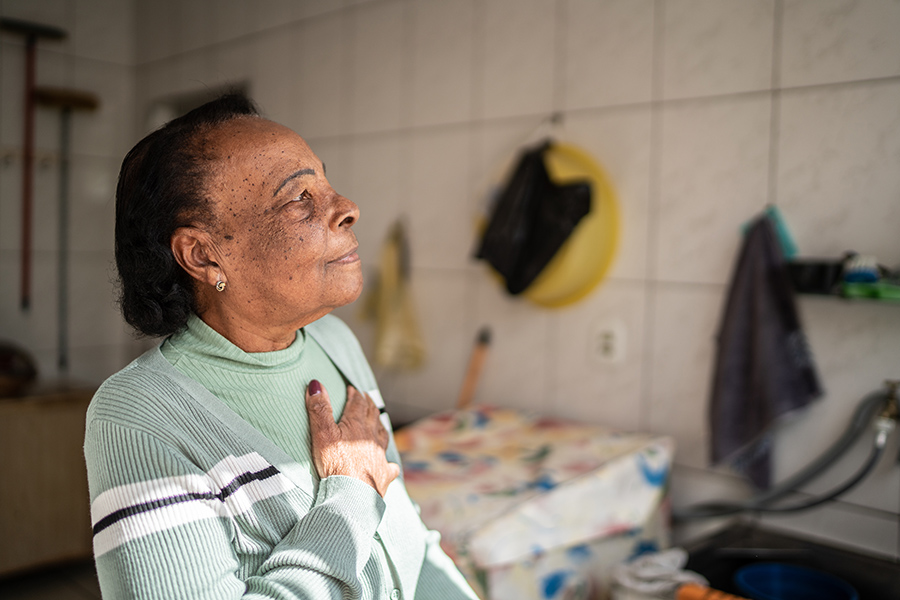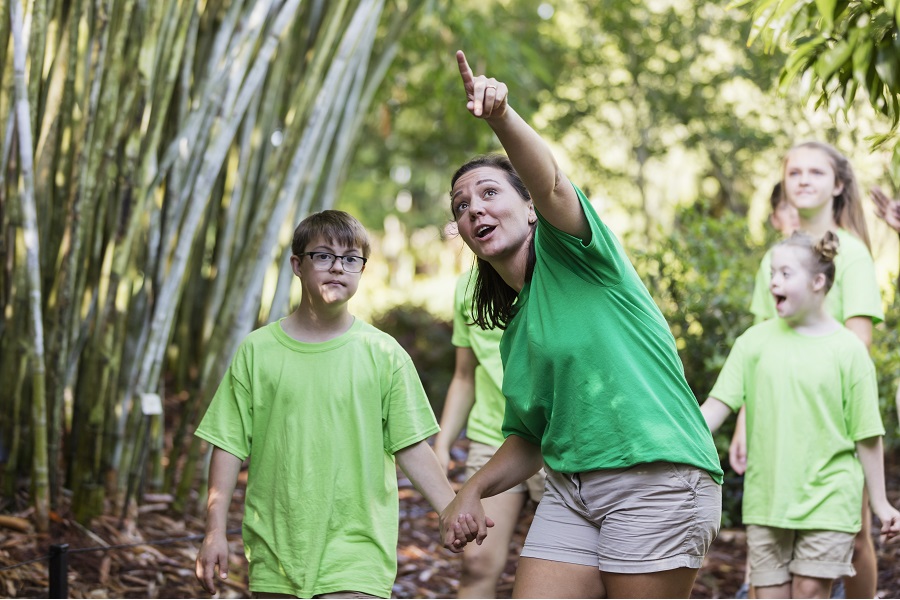What is Autism?
Autism spectrum disorder (ASD) is a group of complex neurodevelopment disorders that affect social interaction, communication and behavior. The terms “Asperger’s syndrome,” “pervasive developmental disorders(PDD),” “Rett syndrome” and the more commonly known “autistic disorder” all fall under the autism spectrum disorder umbrella, which is now believed to affect 1 in every 68 children. Children diagnosed with disorders who fall under the ASD umbrella may also be referred to as “on the spectrum.” The “spectrum” refers to a wide range of symptoms and different levels of impairment that children with ASD can have. For some children the impairment may be mild, while others may have more serious hurdles to overcome.
Children with ASD will develop their own individual tendencies characterized by a wide-range of social impairments, communication difficulties, and restricted and repetitive patterns of behavior. In many cases signs are evident as early as infancy, while other children will appear to develop normally until symptoms start appearing at a later time. No two cases are the same and symptoms can change as the child grows older.
What to Look For at an Early Age:
- No babbling or pointing by age 1
- No single words by 16 months or two-word phrases by age 2
- No response to name
- Loss of language or social skills
- Poor eye contact
- Excessive lining up of toys or objects
- No smiling or social responsiveness
What to Look For at a Later Age:
- Impaired ability to make friends with peers
- Impaired ability to initiate or sustain a conversation with others
- Absence or impairment of imaginative and social play
- Stereotyped, repetitive or unusual use of language
- Restricted patterns of interest that are abnormal in intensity or focus
- Preoccupation with certain objects or subjects
- Inflexible adherence to specific routines or rituals
At this time, there is no cure for autism. Scientists are not sure what causes ASD, although they believe that both the environment and genetics may play a role.
What professionals can assure is that early detection and treatment can certainly help children with ASD develop to their full potential. Since symptoms can vary greatly in children, treatment therapies are tailored to the unique needs of the child. Some of the common therapies include:
- Social skills training to improve behavior and communication
- Speech therapy to improve language and social skills
- Occupational and physical therapy to help improve any deficiencies in coordination and motor skills.
- Medicines to treat related conditions and problem behaviors, including depression, anxiety, hyperactivity and obsessive-compulsive behaviors.
Resources
There are many resources that parents of children with ASD can turn to for information and help, including:
- Autism Speaks
- The Autism Society
- National Institute of Child Health and Human Development
- AutismNow.org
For more autism resources for parents and caregivers, including guides, kits, and local resources, read “Helping a Child With Autism”
For more information about Autism Spectrum Disorder, or if you are concerned about symptoms in a loved one, please contact your primary care physician.
This article was written by a contributing author at Shield HealthCare.
Shield HealthCare | Medical Supplies For Care At Home Since 1957






